$GLD $BITO $LMT
#WW3 #GoldPrices #SafeHaven #Bitcoin #DigitalGold #DefenseStocks #MilitarySpending #GlobalUncertainty #CentralBanks #CryptoMarket #Geopolitics #StrategicAssets
2024 will be remembered as a year marked by geopolitical instability and heightened fears of a global conflict. The potential outbreak of World War III has sent shockwaves across financial markets, with safe-haven assets and strategic sectors experiencing unprecedented demand. Gold, the quintessential safe-haven asset, has once again reaffirmed its reputation, reaching a record high of $2,790 per ounce in October as investors flocked to minimize risks amid increasing uncertainty. Central banks, especially those in emerging markets, have been aggressively purchasing gold to bolster their reserves against a backdrop of geopolitical turmoil and de-dollarization efforts. The surge in gold prices underlines its enduring appeal as a hedge against systemic risks, currency depreciation, and inflation, a trifecta of fears that global markets are currently grappling with.
Bitcoin, often referred to as “digital gold,” has also witnessed renewed interest despite its reputation for volatility. The idea of a U.S. national Bitcoin reserve, though still far from fruition, has sparked serious debate in political and financial circles. Institutional investors are shifting their gaze back to Bitcoin, viewing it as an uncorrelated asset during these times of economic instability. While Bitcoin hasn’t yet approached its all-time high of over $68,000, its resilience in recent months underlines its growing legitimacy as a hedge against geopolitical risk. ETF playing fields, like $BITO (Bitcoin Strategy ETF), have also attracted attention, offering investors an easier entry point into the crypto market. However, with crypto still facing regulatory ambiguity and central banks prioritizing physical gold, Bitcoin is seen primarily as a complementary, rather than a competing, safe-haven asset.
Defense stocks have emerged as another key asset class benefiting from heightened geopolitical tensions. Companies like Lockheed Martin ($LMT) and Northrop Grumman have seen a dramatic rise in demand for their products amid increased defense spending across NATO and Asia-Pacific nations. The global rearmament trend is spurring exponential growth in military budgets as governments move to strengthen national security in anticipation of future conflicts. Lockheed Martin, particularly known for its advanced fighter jets and missile systems, has been a standout performer in this sector. Analysts note that besides the immediate revenue gains, defense companies are likely to see prolonged tailwinds, especially as multiyear contracts for equipment and tactical support ramp up throughout the decade. This pattern represents a stark contrast to broader equity markets, which remain mired in uncertainty.
The dynamic interplay between the traditional and emerging safe-haven assets reflects a shifting paradigm in global finance. Central banks’ pivot to gold suggests a deeper mistrust in fiat currencies, while Bitcoin is fostering trust among a younger, digitally native investor base drawn to its decentralized nature. Meanwhile, the defense sector’s boom exemplifies the economic consequences of geopolitical volatility. Investors are recalibrating portfolios to include a mix of precious metals, cryptocurrencies, and equities in defensive industries, recognizing these as critical growth areas in times of uncertainty. However, this approach comes with challenges, as the same volatility driving these assets higher also poses systemic risks. Markets remain on edge, with the broader implications of a possible large-scale conflict hanging ominously over the global economy.
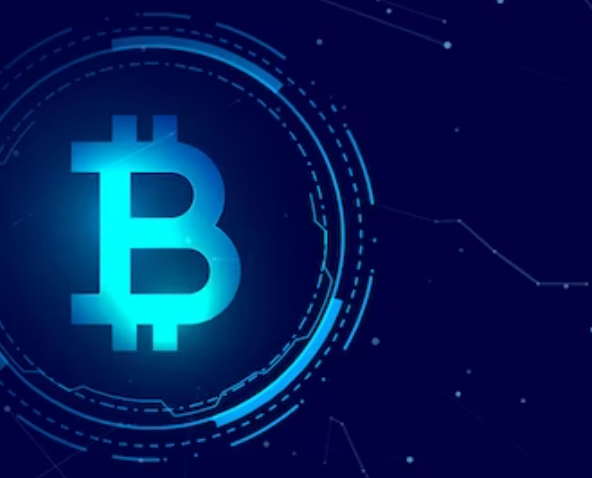
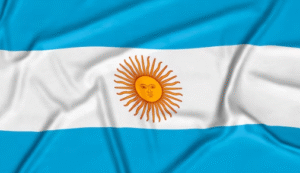

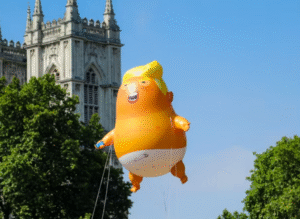
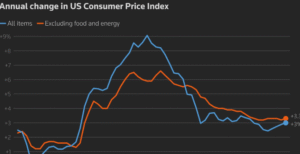
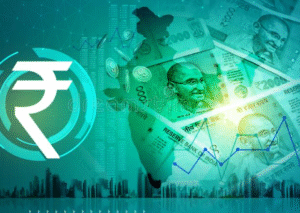




Comments are closed.